A look back at AAOE
By Dan Murphy
The Antarctic mission in Punta Arenas had a different feel than any other mission I've been on. The ozone hole was a global threat, still not completely understood. Proving that CFCs were involved was important not just to our science but also to the world as a whole. It was the second major mission that year. Most of the ER2 instrument teams had already spent almost two months in the field in Darwin. Not all were happy with a second mission in the same year on short notice. I think Bob Watson and Art Schmeltekopf pushed it though. For me, young and single at the time, it was an adventure. For those with families and small children it was quite a sacrifice.
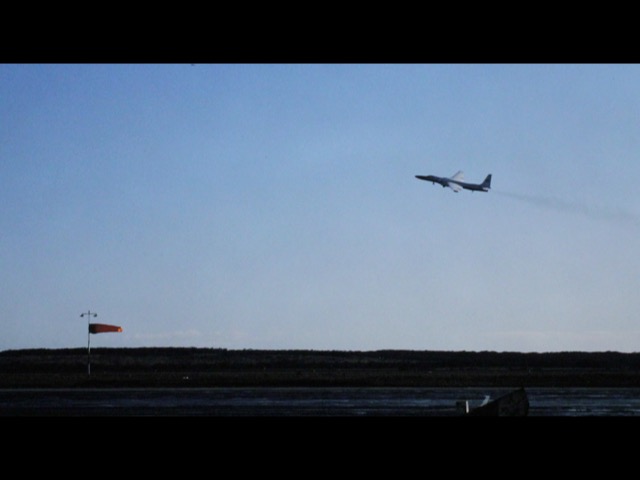
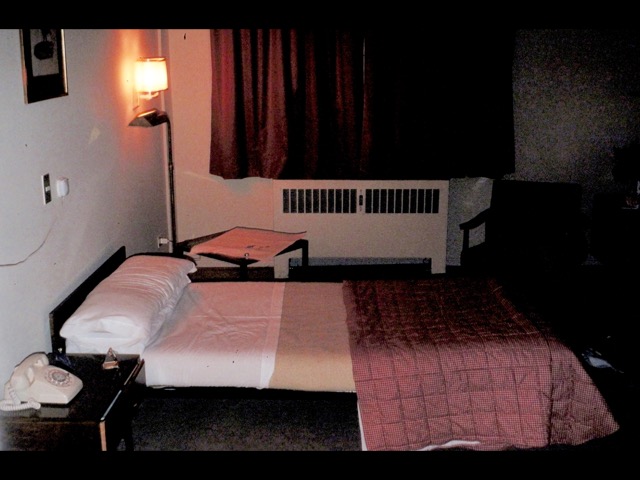
Punta Arenas was an isolated town then compared to what it is now. Almost nobody spoke English. Restaurant menus were very limited, with few fruits or vegetables (and excellent wine). The flight down took almost two days via both Buenos Aires and Santiago. The hotel Cabo de Hornes was probably the best in town, yet an idiosyncratic place. I arrived late one day and Wink picked me up at the airport. The desk clerk at the Cabo de Hornes hotel checked me in, then took me upstairs down a hall while carrying a bunch of keys. First door – suitcases inside. Second door – a scream when the door was opened. Third door – empty room: "Aqui, Senor." But the place was the friendliest I've ever stayed at if you didn't worry about them following strict rules. By the end of my stay I was playing table tennis with the staff in their break room. I had a fever for a few days, and when getting better I called room service for a bit of food. What arrived had nothing to do with what I ordered or what was on the menu in the room. The staff knew I had been sick in my room so the kitchen just ignored my order and sent what they thought was good for a sick person. I got some very welcome jello and toast and some inedible lamb stew.
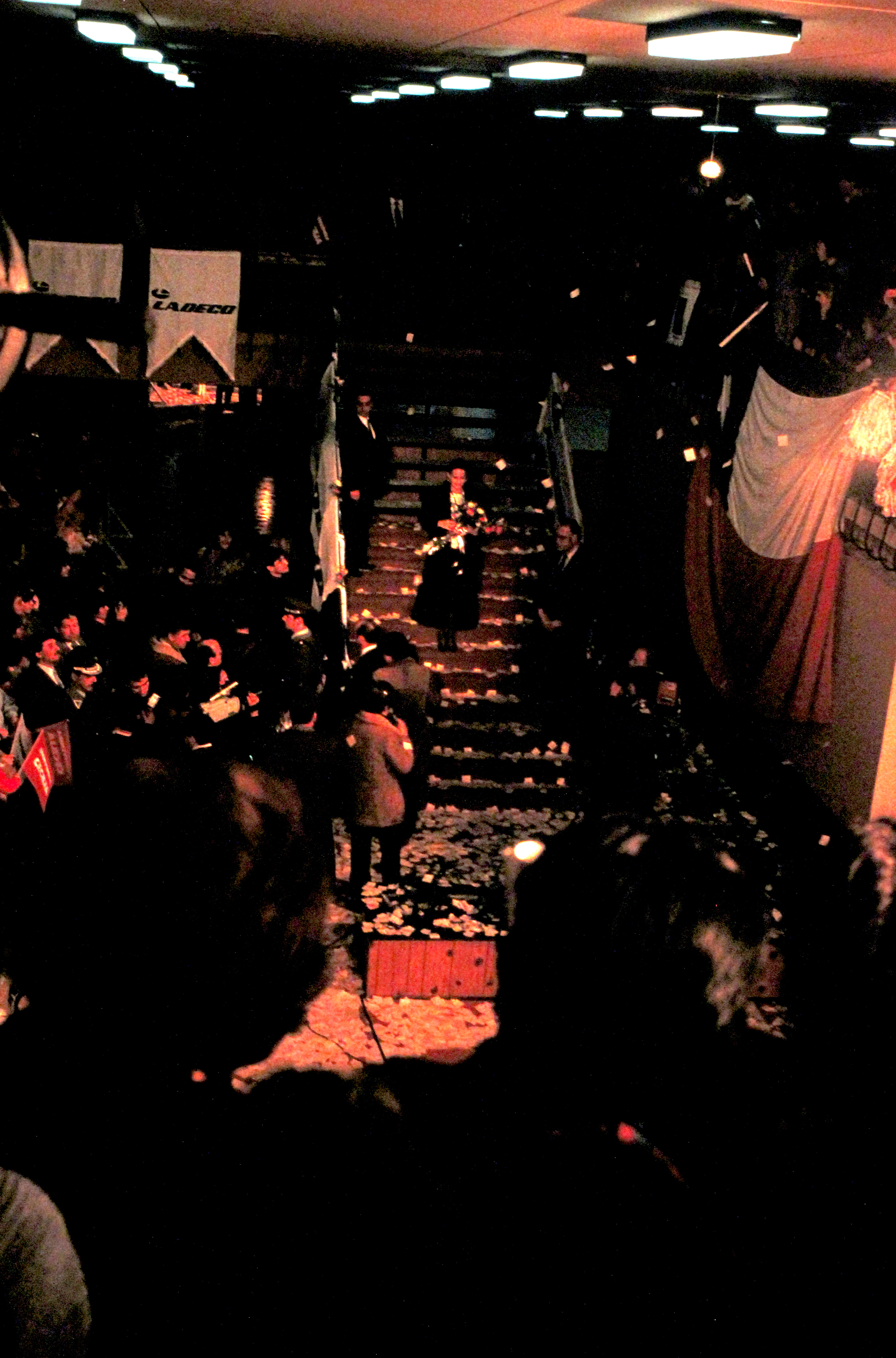
A local woman from Punta Arenas won the Miss Universe pageant that year and I happened to be at the airport for her grand return. Somebody had decided that the right television footage would be her descending a stairway. The only trouble was that the airport was basically one level with one staircase that led just to a small balcony. So they turned off all the cameras, she walked up the stairs, turned around, then they turned on all the cameras for her grand entrance.
Communication with home was difficult. There was no internet then and long-distance calls were too expensive for routine personal use. Tom Thompson set up a ham radio communication system (the now broken antenna is still on top of building 24) and on some days a friend of his in Boulder would patch in to a telephone to make local calls in Boulder. I was able to call back once or twice, although the conversations were one-way at a time. One main purposes of the ham system was to talk to an Argentinian research station in Antarctica and get their radiosonde data in time to get into the Met Office global model run to improve flight forecasts. Argentina and Britain had just fought the Falklands war and so Argentina officially wasn't sharing data with Britain. And relations between Argentina and Chile were bad, too. I'm guessing the scientists at the research station didn't care about the politics but had to have some deniability even though they pretty much knew where the information was going.
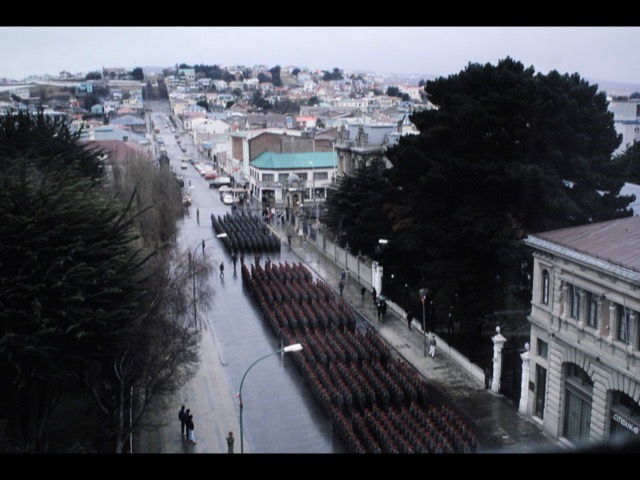
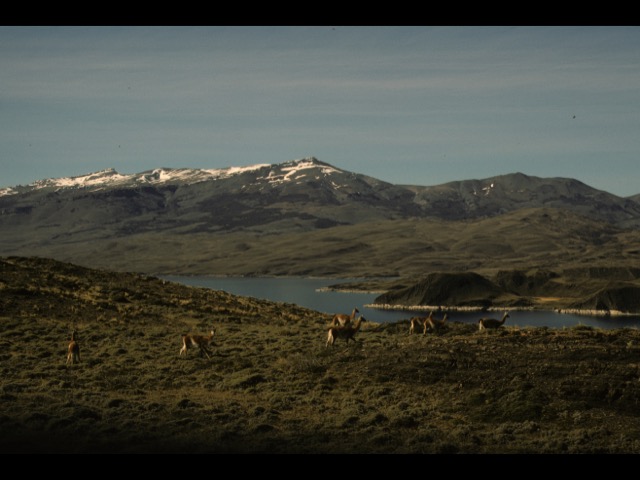
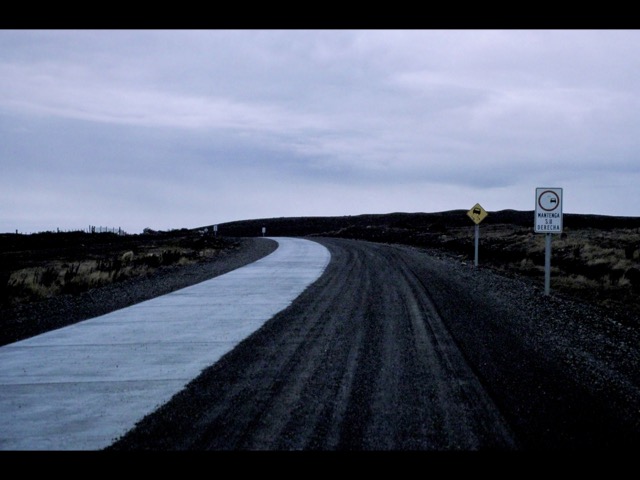
Chile was a military dictatorship at the time, with guards stationed at every major government building, including the airport, the post office, and on and on. We weren't supposed to take photos of any government buildings. One day there was a parade with goose-stepping troops; this was very creepy to watch.
The area beyond Punta Arenas was remote and windy, a bit like Wyoming complete with ranchers driving pickup trucks, only with fewer people, guanacos instead of pronghorn, and glaciers. The road north beyond the airport was paved on one side and gravel on the other. The local custom was for both directions to drive on the pavement. It wasn't so bad to drive on the pavement and then switch to the gravel, although Roland Chan from NASA Ames apparently rolled a car doing that. But if you were supposed to be on the paved side you had to depend on the oncoming car to move over and not hit you head-on. Being South American drivers, they didn't see any reason to do that any earlier than necessary. Even between the airport and Punta Arenas the traffic could be quaint. One time when Wink was driving me back around midnight, we came up fast on a farm truck going about 5 mph. It was going that slowly because it had no headlights or tail lights. Some of the rental cars were very old and had mechanical problems. We learned later there weren't enough cars so the rental agencies had simply rented out cars belonging to their friends.
There were two marriages from the mission: I think Steve Gaines later married a woman from Punta Arenas and Mike Proffitt eventually married the Argentinian woman he sat next to on the commercial flight on his way down to the start of the mission. My experience wasn't so drastic. Exchanging letters with the woman I was dating probably made us closer, unlike the Darwin mission when I returned to find the woman I was dating then had moved to San Francisco while I was away.
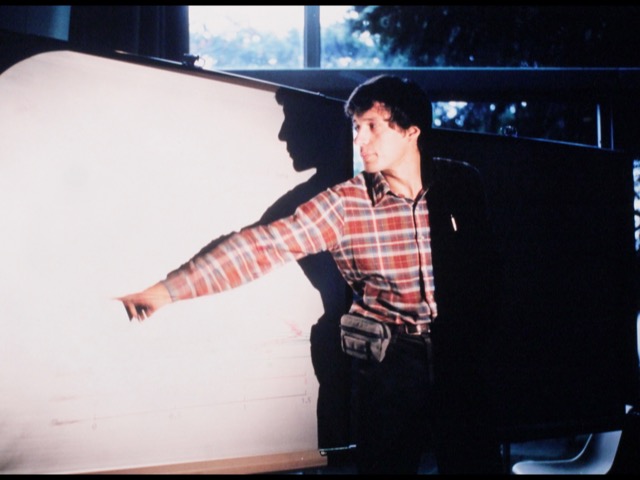
The science was very cooperative with everybody knowing the work was important. There were a couple of famously long science team meetings that went all day without breaks. Mike Proffitt and Jim Anderson had some good disagreements, with Jim making sweeping statements about chemical reactions across wide ranges of altitude and latitude and Mike insisting that Jim not extend his cross sections to places that hadn't actually been sampled by the ER2. Although the mission results were not available for the Montreal Protocol (signed even before the mission was finished), my understanding is that people like Bob Watson and Dan Albritton carried back at least an assurance from preliminary data that the mission results would not undermine the protocol.